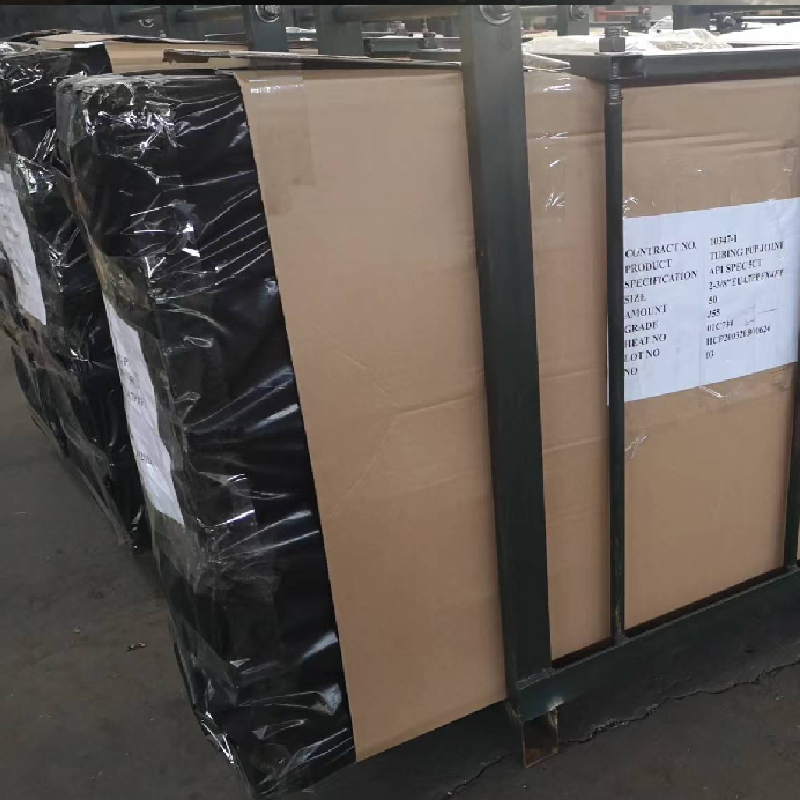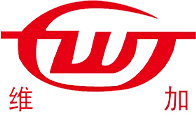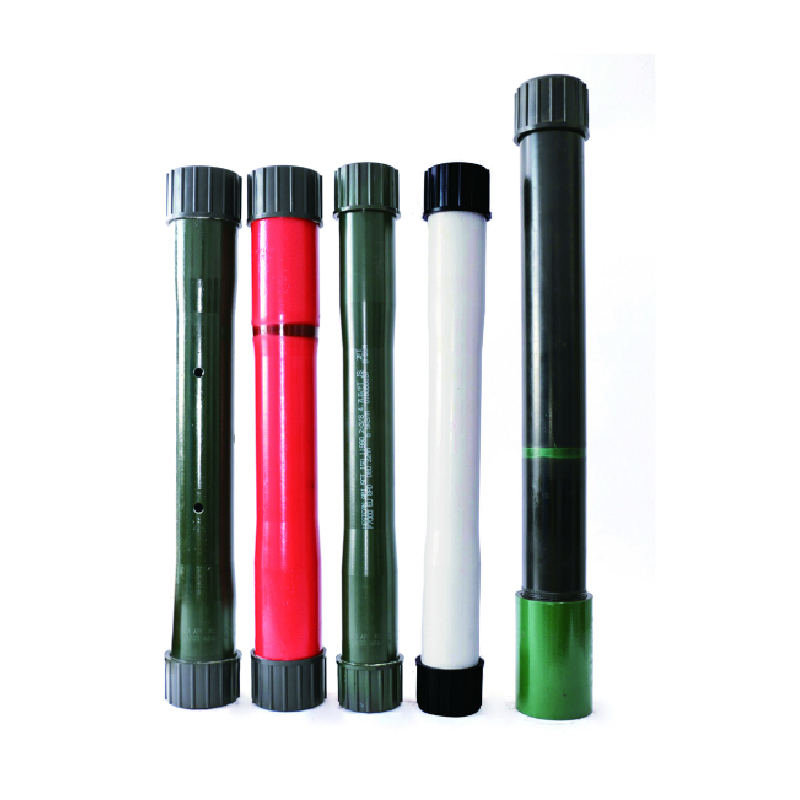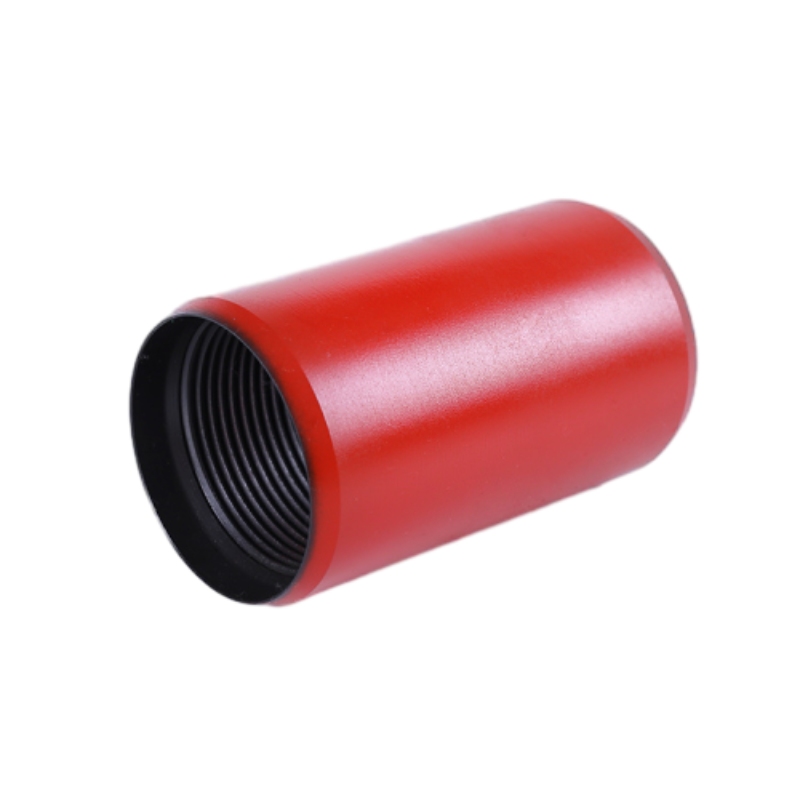Oct . 22, 2025 16:10
Back to list
Pup Joint | API Certified, High-Strength, Custom Lengths
If you’ve spent any time on a rig floor, you already know why a Pup Joint matters. Hengshui Weijia Petroleum Equipment Manufacturing Co., Ltd. packages its Casing Pup Joint as a simple idea—short casing sections—executed with disciplined metallurgy and threading. Sounds basic; in practice, it’s the quiet hero that closes length gaps, hits depth precisely, and protects well integrity.
 Industry trend check: operators are standardizing fewer casing ranges and relying on Pup Joint sets (2–12 ft) to trim strings on the fly. Two reasons keep popping up in my notes—faster casing runs and cleaner tally management. Plus, with CCS and geothermal wells buzzing again, corrosion-resistant grades and sour-service compliance are back in the spotlight.
Technical quick take (with a bit of shop-floor reality):
- Materials: API 5CT grades J55/K55/N80/L80/P110; sour-service options per NACE MR0175/ISO 15156.
- Methods: upset forging, full-body heat treatment, API 5B threading (BTC/LTC/STC), phosphating and thread compound, protectors.
- Testing: hydrostatic to body rating, drift test, thread gauge verification, UT/MT on critical zones, hardness survey.
- Service life: around 5–10 years in typical completions; real-world use may vary with CO2/H2S and temperature.
Industry trend check: operators are standardizing fewer casing ranges and relying on Pup Joint sets (2–12 ft) to trim strings on the fly. Two reasons keep popping up in my notes—faster casing runs and cleaner tally management. Plus, with CCS and geothermal wells buzzing again, corrosion-resistant grades and sour-service compliance are back in the spotlight.
Technical quick take (with a bit of shop-floor reality):
- Materials: API 5CT grades J55/K55/N80/L80/P110; sour-service options per NACE MR0175/ISO 15156.
- Methods: upset forging, full-body heat treatment, API 5B threading (BTC/LTC/STC), phosphating and thread compound, protectors.
- Testing: hydrostatic to body rating, drift test, thread gauge verification, UT/MT on critical zones, hardness survey.
- Service life: around 5–10 years in typical completions; real-world use may vary with CO2/H2S and temperature.
Notes: coatings include black lacquer and zinc phosphate; premium connections may be available via licensed partners.

Mini case study: A Middle East operator ran 7 in L80 casing with a mixed set of Pup Joint lengths (3/6/8 ft) to clear a liner-top PBR. Post-run inspection showed zero reject threads and hydro re-test at ≈32 MPa. Crew feedback—“no fighting torque, just clean make-up.”
Customization wishlist that’s actually doable: odd lengths (e.g., 5 ft), pup subs with crossovers, dope-free coatings for offshore, engraved QR codes for digital tallies. To be honest, premium connections depend on licensing, but the shop can route through approved threaders.
Certifications and standards referenced on this project: API 5CT/ISO 11960 for product, API 5B for threads, API Q1/ISO 9001 for quality, NACE MR0175/ISO 15156 for sour service. If those acronyms don’t appear on the mill certs, keep walking.
References:
1. API Specification 5CT – Casing and Tubing, api.org
2. ISO 11960 – Steel pipes for use as casing or tubing for wells, iso.org
3. API Specification 5B – Threading, Gauging, and Thread Inspection, api.org
4. NACE MR0175/ISO 15156 – Materials for use in H2S-containing environments, iso.org
5. API Q1 Quality Management System Requirements, api.org
 Industry trend check: operators are standardizing fewer casing ranges and relying on Pup Joint sets (2–12 ft) to trim strings on the fly. Two reasons keep popping up in my notes—faster casing runs and cleaner tally management. Plus, with CCS and geothermal wells buzzing again, corrosion-resistant grades and sour-service compliance are back in the spotlight.
Technical quick take (with a bit of shop-floor reality):
- Materials: API 5CT grades J55/K55/N80/L80/P110; sour-service options per NACE MR0175/ISO 15156.
- Methods: upset forging, full-body heat treatment, API 5B threading (BTC/LTC/STC), phosphating and thread compound, protectors.
- Testing: hydrostatic to body rating, drift test, thread gauge verification, UT/MT on critical zones, hardness survey.
- Service life: around 5–10 years in typical completions; real-world use may vary with CO2/H2S and temperature.
Industry trend check: operators are standardizing fewer casing ranges and relying on Pup Joint sets (2–12 ft) to trim strings on the fly. Two reasons keep popping up in my notes—faster casing runs and cleaner tally management. Plus, with CCS and geothermal wells buzzing again, corrosion-resistant grades and sour-service compliance are back in the spotlight.
Technical quick take (with a bit of shop-floor reality):
- Materials: API 5CT grades J55/K55/N80/L80/P110; sour-service options per NACE MR0175/ISO 15156.
- Methods: upset forging, full-body heat treatment, API 5B threading (BTC/LTC/STC), phosphating and thread compound, protectors.
- Testing: hydrostatic to body rating, drift test, thread gauge verification, UT/MT on critical zones, hardness survey.
- Service life: around 5–10 years in typical completions; real-world use may vary with CO2/H2S and temperature.
Product specs (typical, can be customized)
| OD (in) | Grade | Connection | Length (ft) | Drift ID (in) | Tensile (≈kN) |
|---|---|---|---|---|---|
| 4-1/2 | J55/N80 | LTC/BTC | 2, 3, 4, 6 | 3.826 | ≈420 |
| 7 | L80/P110 | BTC/STC | 4, 6, 8, 10 | 5.921 | ≈980 |
| 9-5/8 | P110 | BTC | 6, 8, 10, 12 | 8.535 | ≈1,650 |
Where it’s used
- Conventional and unconventional oil & gas wells to hit target depth without cutting - Thermal/geothermal strings needing precise spacing - CCS injectors where drift and seal integrity are non-negotiable Advantages I keep hearing from toolpushers: fewer tally surprises, less thread galling (after proper dope), and consistent make-up torque. One driller told me a matched set of Pup Joint lengths shaved “about four hours” off a casing run—small thing, big rig-cost delta.
Process flow at a glance
- Raw tube selection (mill certs traceable to heat/lot) → upsetting → normalizing/quench & temper → OD/ID machining → API 5B threading → phosphating → hydro & drift test → NDT (UT/MT) → final gauging → protectors → packing. - Testing snapshots: hydro to ≥95% of specified body rating; thread gauge acceptance 100%; hardness per ISO 11960 bands; sample tensile pulls meeting grade minimums. Typical hydro for 7 in P110: ≈30–35 MPa (lab data; field may vary).Vendor comparison (indicative)
| Vendor | API 5CT/ISO 11960 | Lead Time | Customization | Traceability | MOQ |
|---|---|---|---|---|---|
| Hengshui Weijia | Yes (with API Q1/ISO 9001) | 2–4 weeks typical | Lengths, grades, threads | Heat-to-piece | Low |
| Regional Vendor B | Partial | 4–6 weeks | Limited | Batch-level | Medium |
| Importer C | Varies | 6–10 weeks | By request | Mixed | High |
Latest news
-
Tubing Crossover - API Compatible, Custom Sizes, In StockNewsNov.10,2025
-
Tubing Coupling | High-Strength, Leak-Proof Steel CouplingsNewsNov.10,2025
-
Wholesale API Threading Casing Coupling | API 5CT, Fast ShipNewsNov.10,2025
-
Pup Joint Supplier | API Certified, Custom, Quick ShipNewsNov.10,2025
-
Pup Joint Manufacturers | Precision Machined, Fast DeliveryNewsNov.10,2025
-
Tubing Coupling | Precision Steel, Leak-Proof, Fast DeliveryNewsNov.03,2025
Related Products







